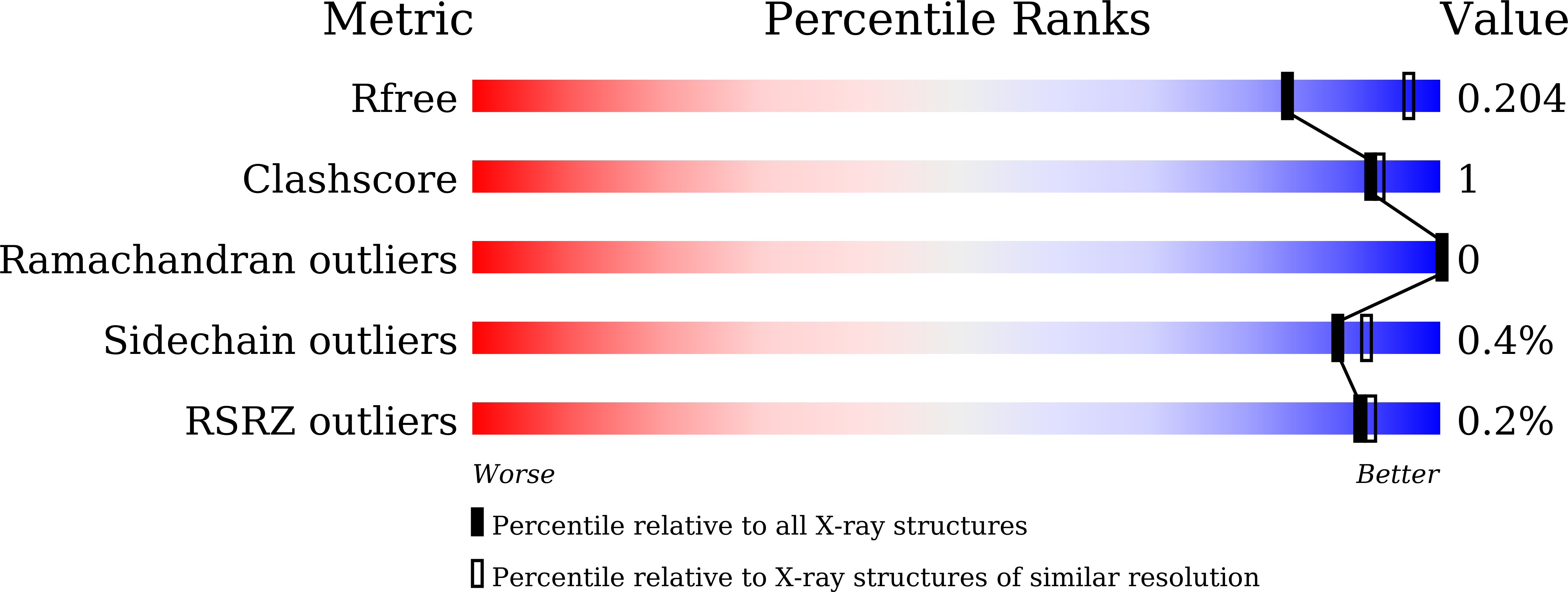
Deposition Date
2024-10-21
Release Date
2024-12-18
Last Version Date
2024-12-18
Entry Detail
PDB ID:
9K48
Keywords:
Title:
Bacetrial Cocaine Esterase with mutations T172R/G173Q/V116K/S117A/A51K
Biological Source:
Source Organism:
Rhodococcus sp. (strain MB1 Bresler) (Taxon ID: 104109)
Host Organism:
Method Details:
Experimental Method:
Resolution:
2.25 Å
R-Value Free:
0.20
R-Value Work:
0.16
R-Value Observed:
0.16
Space Group:
P 65 2 2


